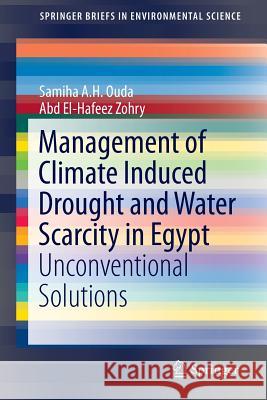Management of Climate Induced Drought and Water Scarcity in Egypt: Unconventional Solutions » książka
topmenu
Management of Climate Induced Drought and Water Scarcity in Egypt: Unconventional Solutions
ISBN-13: 9783319336596 / Angielski / Miękka / 2016 / 100 str.
Management of Climate Induced Drought and Water Scarcity in Egypt: Unconventional Solutions
ISBN-13: 9783319336596 / Angielski / Miękka / 2016 / 100 str.
cena 201,24
(netto: 191,66 VAT: 5%)
Najniższa cena z 30 dni: 192,74
(netto: 191,66 VAT: 5%)
Najniższa cena z 30 dni: 192,74
Termin realizacji zamówienia:
ok. 22 dni roboczych
Dostawa w 2026 r.
ok. 22 dni roboczych
Dostawa w 2026 r.
Darmowa dostawa!
The book contains suggestion on suitable crop rotations for salt-affected soils to maximize the productivity of lands and water under current climate and under climate change in 2030.











